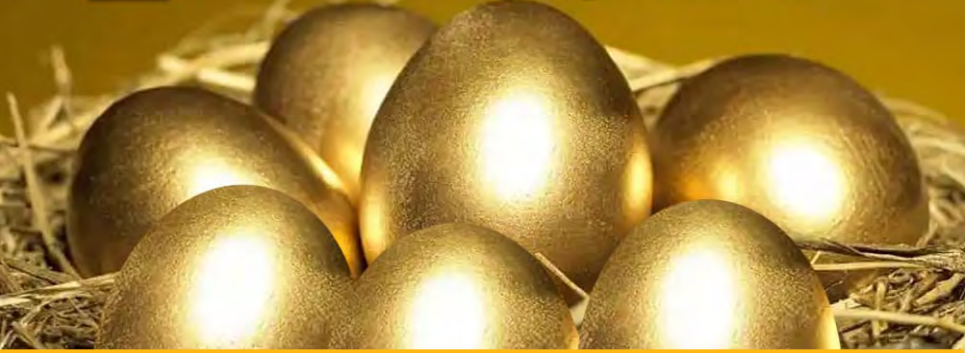Want to Subscribe?
Read Corporate India and add to your Business Intelligence

![]() Unlock Unlimited Access
Unlock Unlimited Access

Editorial
There is good news on the economy front. The latest announcement from the Union Ministry of Statistics and Programme Implementation reveals that India’s retail inflation, as measured by the consumer price index (CPI), has dropped to a more than two-year low at 4.25 per cent in May 2023. This is a significant decline as the CPI had climbed up from 4.06 per cent in January 2021 to a peak of 7.79 per cent in April 2022. Additionally, the wholesale price inflation, measured by the wholesale price index (WPI), stood at 0.92 in April 2023 – down from 1.34 per cent in March 2023. There figures indicate a favourable trend in the country’s inflation rate.
The marked fall in inflation is stated to be on account of broad-based moderation in inflationary pressures. Data from the Centre for Monitoring Indian Economy (CMIE) shows that food inflation, which accounts for 39 per cent of the CPI basket, has fallen from 4.8 per cent to 3.8 per cent. Within food, prices of eggs, vegetables, fish and meat, and edible oils have seen a decline.
Interestingly, the April 2023 inflation in the US is also cooling off. The inflation rate eased to 4.9 per cent in April, 5 per cent in March, 6 per cent in February and 6.4 per cent in January 2023. Economists had projected that the US Federal Reserve will slow interest rate increases and potentially stop hiking rates going ahead.
It seems in that India too the time has come when the Reserve Bank should put a stop to raising repo rates and on the contrary start easing interest rates. The RBI’s current phase of monetary tightening has increased the policy rate by 2.5 percentage points in five rate hikes beginning May 2022. As a result, the index of 2023 shows that the sustained rate hikes during the last one year have already started taking a toll on economic activity. At 1.1 per cent, IIP growth in the month of March 2023 was the lowest since November 2022, despite a low base.
The time has come when the Reserve Bank has to reverse the monetary tightening and start reducing the rate gradually. After all, at 4.7 per cent, headline retail inflation in April 2023 is a percentage point lower than the March 2023 print of 5.7 per cent. The latest inflation number is also in sync with the 4.76 per cent forecast by a Bloomberg poll of economists. The April 2023 meeting of the MPC projected 5.1 per cent inflation too the quarter ending June 2023 and 5.2 per cent for the fiscal year 2023-24. This indicates that the Reserve Bank should not stick to its erstwhile tightening monetary policy stance.
Unfortunately, the government is also taking steps that do not help ease inflationary pressure. Only to placate angry farmers, New Delhi has raised minimum support prices of cereals beyond reasonable limits. This step can fuel the inflationary pressure once again. Since it came to power in 2014, the Modi government has raised the excise duty on auto fuels from just Rs 9.48 per litre on petrol and Rs 3.58 on diesel to Rs 32.98 and Rs 31.33 respectively by May 2020. Though these duties were reduced by Rs 13 and Rs 16 respectively by May 2022, the prices are still on the very high side. Petrol and diesel prices were hiked as crude oil prices had shot up. But though the crude oil prices which had crossed $ 100 per barrel have come down noticeably to Rs 65-66, the government is silent on extending the benefit of the November price fall to consumers. Between 2014 and January 2016, the excise duty on petrol was raised on as many as 10 occasions, paving the way for inflation to raise its ugly head to a new all-time high. But even after the sharp fall in crude oil prices, the government is silent on passing on the benefit to consumers and aiding the softening trend in inflation.
Cover story

The market dip of 2022 has faded from memory as the new year sees listed companies’ fortunes boom on Indian bourses. The country’s two barometric indices, the BSE Sensex and the NSE 50, are currently quoting at 65,473 and 19,406 respectively. In doing so, they have left the UK, French and pan-Europe indices far behind.
Jayckieed’s Column
ITD Cementation, having roots dating back to the preIndependence era in 1931 as a subsidiary of The Cementation Company Ltd (UK) of the Trafalgar House group, London, and meant to carry out extensive cementing and drilling works for hydraulic structures, has over the years built extensive expertise in infrastructure construction.
Fortune Scrip
For this fortnight, we have selected Jindal Steel and Power as the Fortune Scrip. An industrial power house with a dominant position in steel, power, mining and infrastructure, the New Delhiheadquartered JSP is a part of the OP Jindal group. In terms of tonnage, it is the third largest private steel producer in India and the only private producer in the country to produce rails.
Corporate Development
The company has fared well in terms of revenue from operations, which has gone up to Rs 1,031 crore in FY23 over Rs 876 crore in the previous year. Interestingly, in the fourth quarter (Jan-Mar 2023), it has reported a net profit of Rs 16.89 crore vis-à-vis the combined PAT of Rs 18.97 crore for the previous three quarters (Apr-Dec 2023).
Primary Market
Ahmedabad (Gujarat)-based Tridhya Tech Ltd., a software development company which entered the market on June 30, 2023 to raise Rs 26.41 crore from its SME public issue, will close on July 5, 2023. The company will be listed on the SME Emerge platform of the National Stock Exchange.
Legal Eagle
Suresh Deshpande, Mumbai: There have been instances in our company that, now and again, Legal Metrology officers visit the premises and issue notices in the name of the Board Members. There is prosecution under law. Then the Magistrate orders summons and we have to rush to the High Court for immunity. Is there any way out of this?

November 15, 2025 - First Issue

Industry Review

Want to Subscribe?
Read Corporate India and add to your Business Intelligence

![]() Unlock Unlimited Access
Unlock Unlimited Access
Lighter Vein

Popular Stories
Archives
